Toward a Unified Theory of Proper Egg Use
Remember my obsession with maintaining balance within the egg carton? That goal, it turns out, comes down to a mathematical equation.
Monday’s post about the best sequence for removing eggs from their carton — “best” being defined as a sequence that preserves symmetry and balance within the carton throughout the egg-removal process — prompted a a lot of good discussion, plus I’ve had some important revelations in the wake of that piece, so I’ve decided that a follow-up post is warranted.
First, as you can see above, I’ve assigned a number to each egg in the carton. I initially did this because I thought it would make it easier to discuss some of the egg-removal sequences (i.e., instead of saying, “Top-right, then bottom-left, then next-to-bottom-right,” we can just say, “6, 7, 11,” or whatever the sequence might be). But once I assigned the numbers, I realized that the key to a balanced egg-removal sequence is simple: Always remove the eggs in pairs that add up to 13.
I had already been following this rule without realizing it, before I even came up with the numerical designations. For example, my preferred sequence, which I showed in Monday’s post, begins by removing eggs 12 and 1, followed by 6 and 7, and then 11 and 2, and so on, always in pairs that add up to 13. Check this out:
The alternate method I presented on Monday also hews to what I’m now calling the Rule of 13, beginning with eggs 10 and 3 and then proceeding like so:
A few readers said they use a different sequence, one that maintains symmetry and balance while leaving a very pleasing zigzag pattern when you’re halfway through the carton. And sure enough, this method also adheres to the Rule of 13 — take a look:
I love that my instinctive urge to maintain symmetry and balance — an urge that many of you said you share — turns out to have a mathematical corollary. I think I felt this on an implicit or intuitive level all along (symmetry and balance are essentially mathematical concepts, after all), but it’s really fun to see it play out explicitly.
This leads us to two questions, the first of which is pretty obvious: What other sequences could we come up with that follow the Rule of 13? I’ll let you folks play around with those possibilities.
The second question, which I find more intriguing, is this: If a 12-egg carton follows the Rule of 13, would the proper sequences for an 18-egg carton follow a Rule of 19?
I wanted to find out, so I bought an 18-pack of eggs — the first such purchase of my life! — and once again designated a straightforward sequence of numbers:
As you’ve probably already deduced just from looking at that photo, the Rule of 19 does indeed hold for the 18-egg carton. Here are a few different ways to apply it:
There are other possibilities, but I’ll leave those for you to explore. Feel free to share any good number sequences!
The sequence for a six-egg carton would be governed by, of course, the Rule of 7. This one seems pretty obvious, so I didn’t feel the need to buy even more eggs and create more slideshow demonstrations, but you can get the idea from this stock photo:
There’s one other noteworthy carton configuration: the ingenious “baker’s dozen” design, which holds 13 eggs. The design firm Beach Packaging Design came up with this award-winning idea back in 2012, but not many egg manufacturers have chosen to use it, and I’ve never seen it in a store. Still, it’s a brilliantly simple design, and just goes to show that even a prime-number quantity like 13 can be arranged in a perfectly balanced presentation.
The egg-removal sequences for the other cartons have followed the “Rule of n + 1,” where n is the quantity of eggs and n + 1 is the sum of the numerical designations for each successive pair of eggs removed from the carton. So it follows that a 13-egg carton would presumably have a Rule of 14. But would that still work for an odd-numbered quantity?
To find out, let’s start by numbering the eggs:
Since we don’t have an actual 13-egg carton to work with, I’ve created a simulation. And sure enough, the Rule of 14 does indeed apply:
As you can see, the 13-egg carton lets us finish with a single egg — No. 7 — right in the center. Very satisfying!
It’s worth noting that none of this would be possible without the egg carton, one of history’s more important package design innovations. Interestingly, no single person can be credited with creating the egg carton — it sort of evolved over generations thanks to many different inventors (there’s a good rundown here). Happily, this means that there are many, many egg carton patents, most of which feature beautiful illustrations.
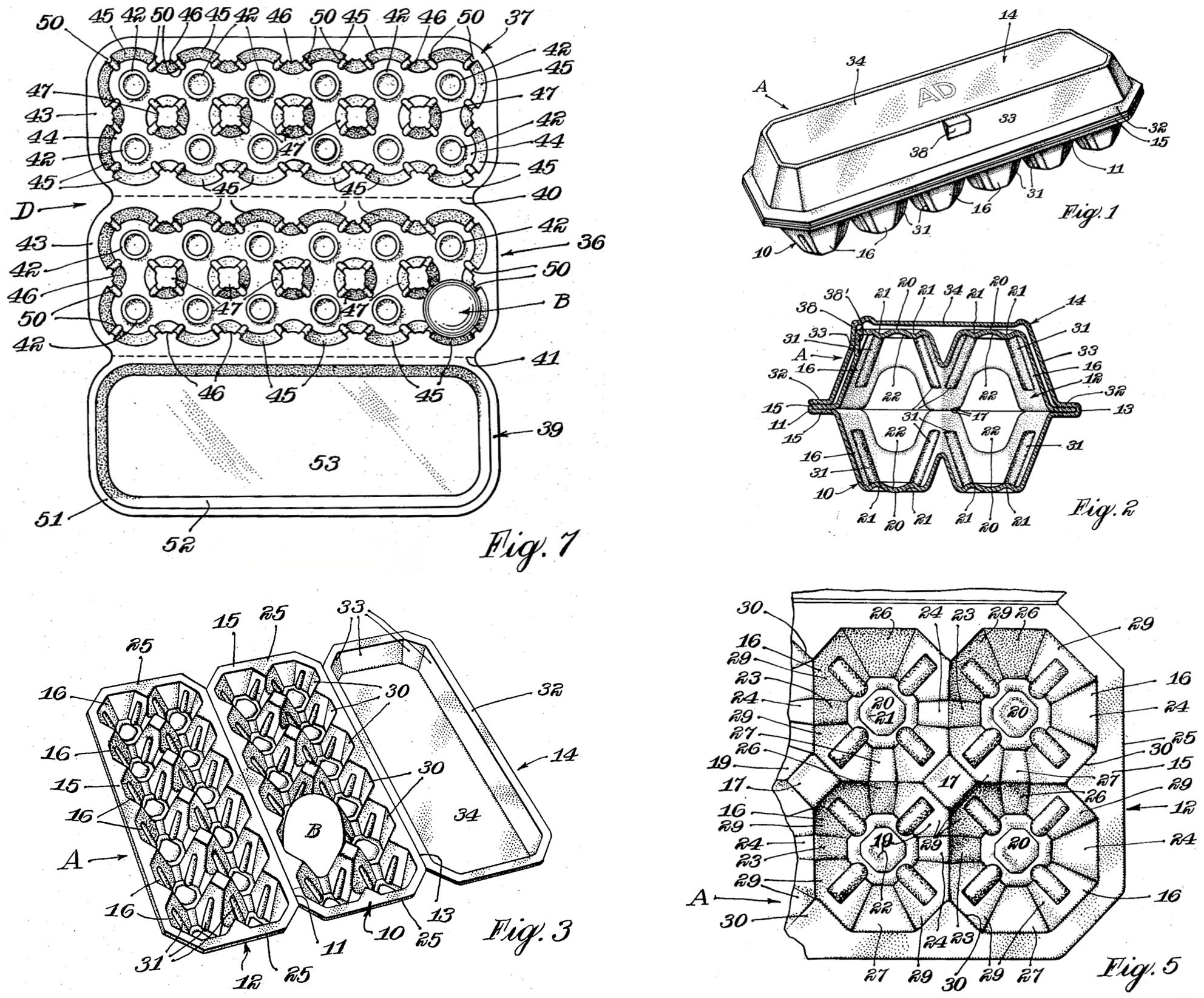
Finally, I’m happy to report that I completed all of the photography for these egg-centric posts — which entailed repeatedly removing the eggs from their cartons, putting them back, removing them again in a different sequence, and so on — without breaking a single egg, which seems like a minor miracle.
Highest Recommendation: Last night I saw Secret Mall Apartment, a new documentary about a group of Rhode Island artists who found a secret, unused room in a Providence shopping mall, spruced it up, and managed to live there for four years before being discovered. That might sound like a bunch of privileged hipsters playing a prank, but the movie also shows how these artists spent most of their time volunteering to do art therapy with kids at a local children’s hospital and creating art memorials for the victims of 9/11 and the Oklahoma City bombing. The secret mall apartment was sort of their comic relief from all that Serious Work.
This is by far the most enjoyable movie I’ve seen in the past couple of years. The people in it are all super-appealing, and it has a lot to say about the role of creativity in a well-lived life. Definitely worth seeing!
In you’re in New York, Secret Mall Apartment is currently showing at IFC and will be there at least through next Thursday, April 10th. For screenings in other cities, look here. And if it’s not going to be playing in your area, definitely put it on your streaming list.
Paul Lukas has been obsessing over the inconspicuous for most of his life, and has been writing about those obsessions for more than 30 years. You can contact him here.




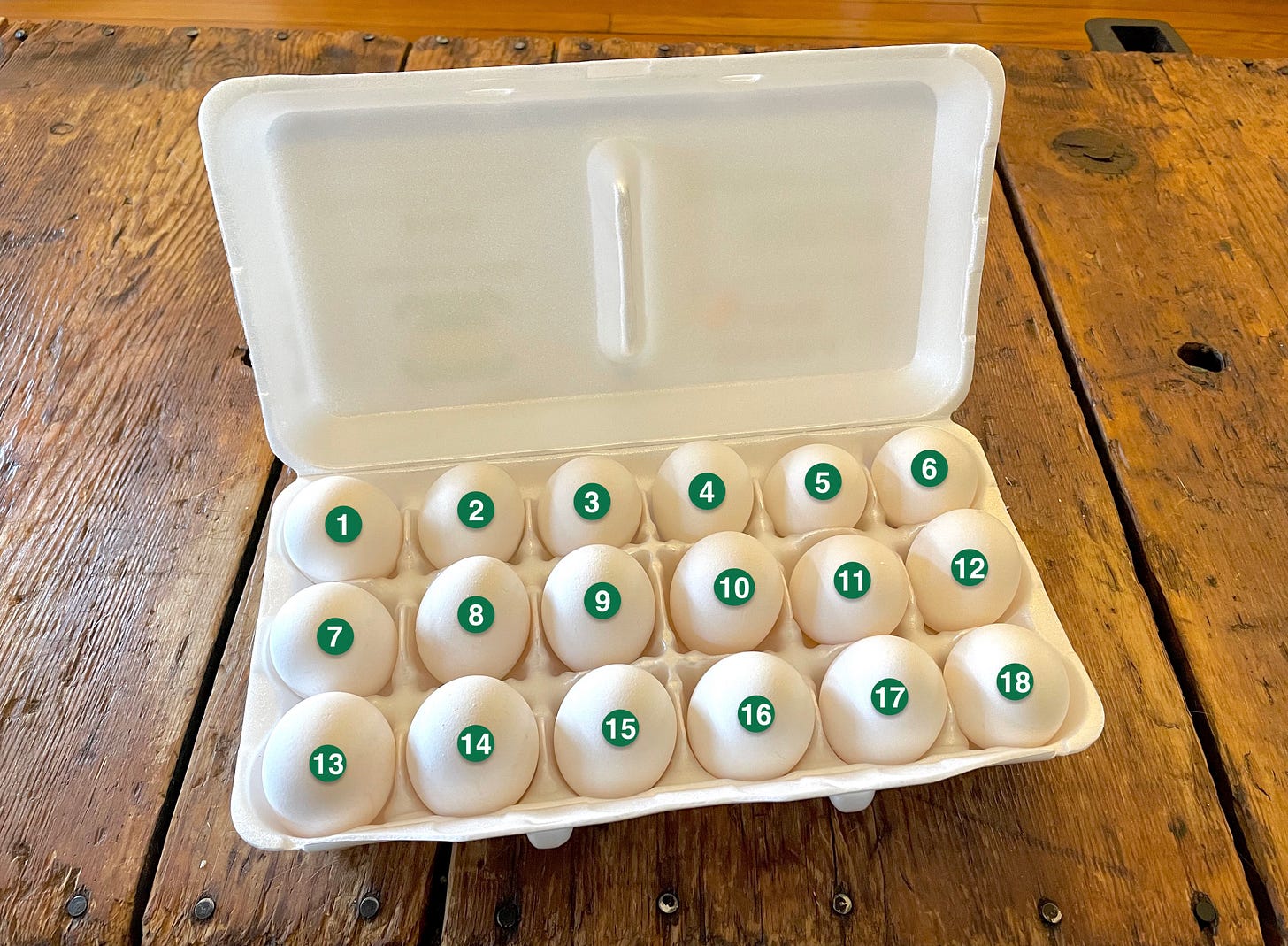
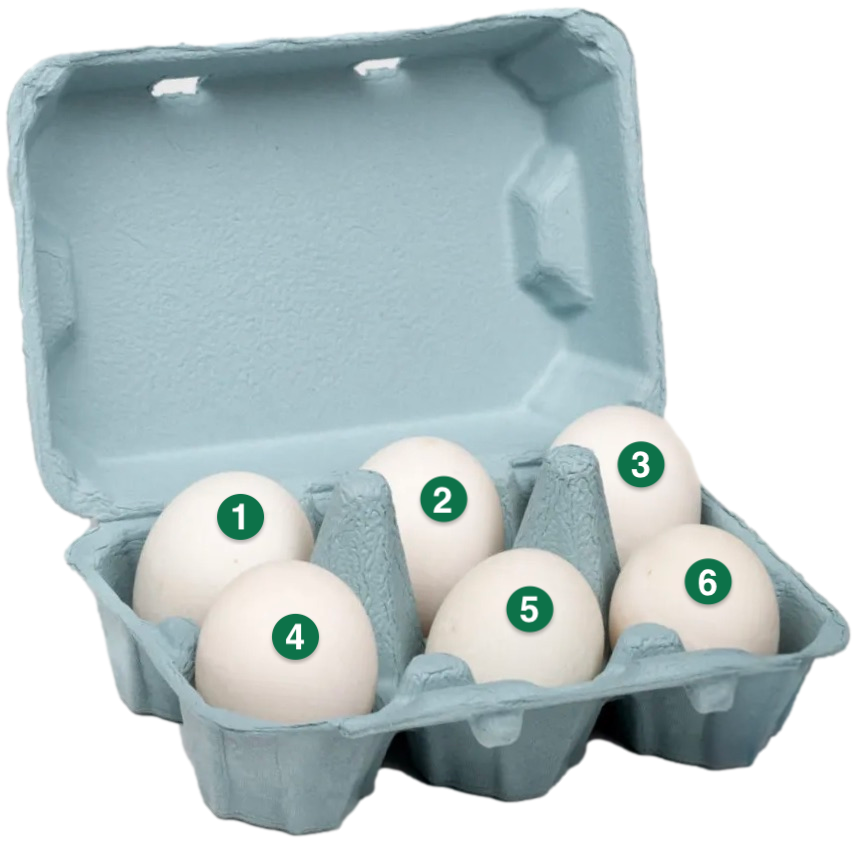
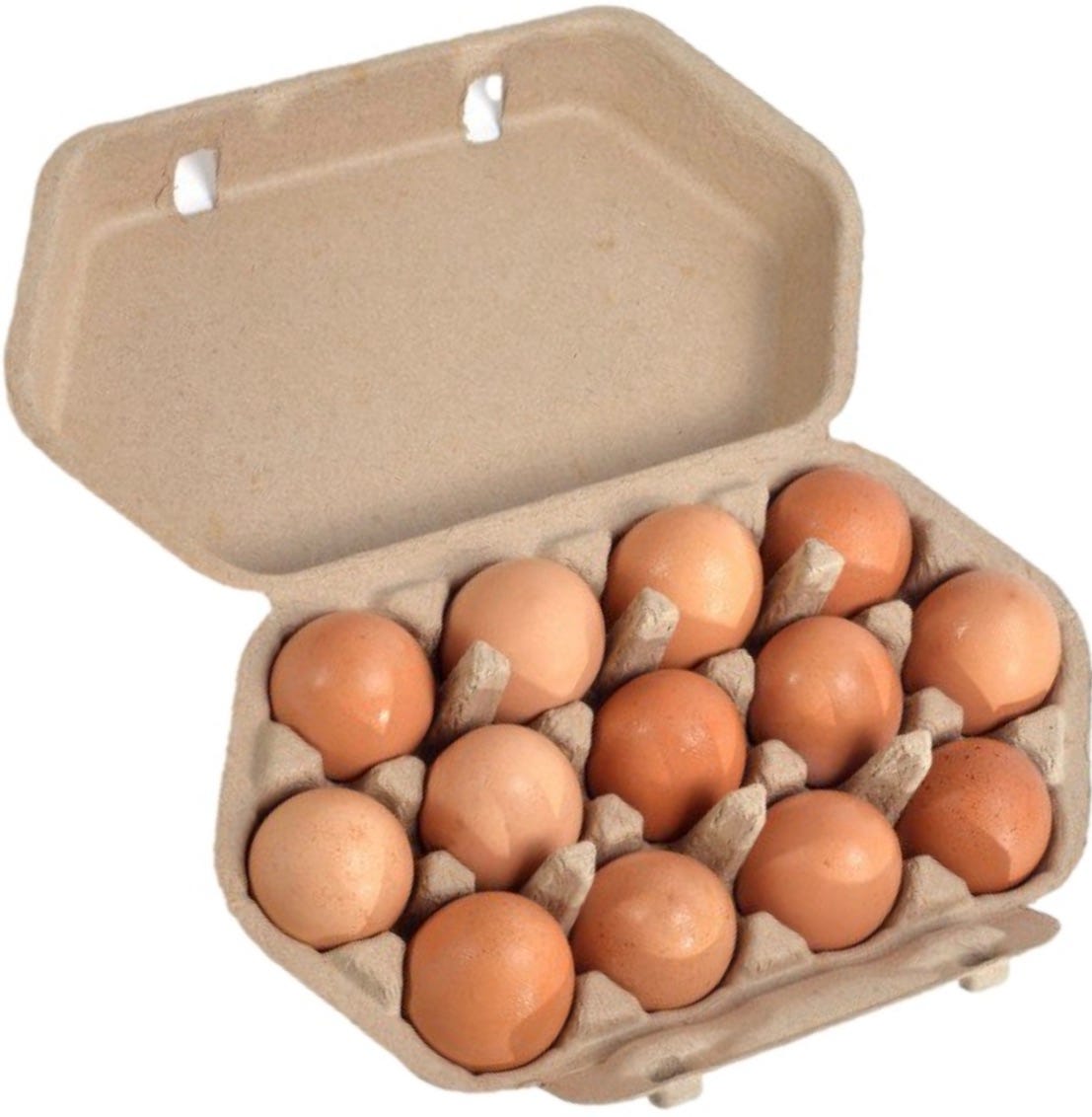
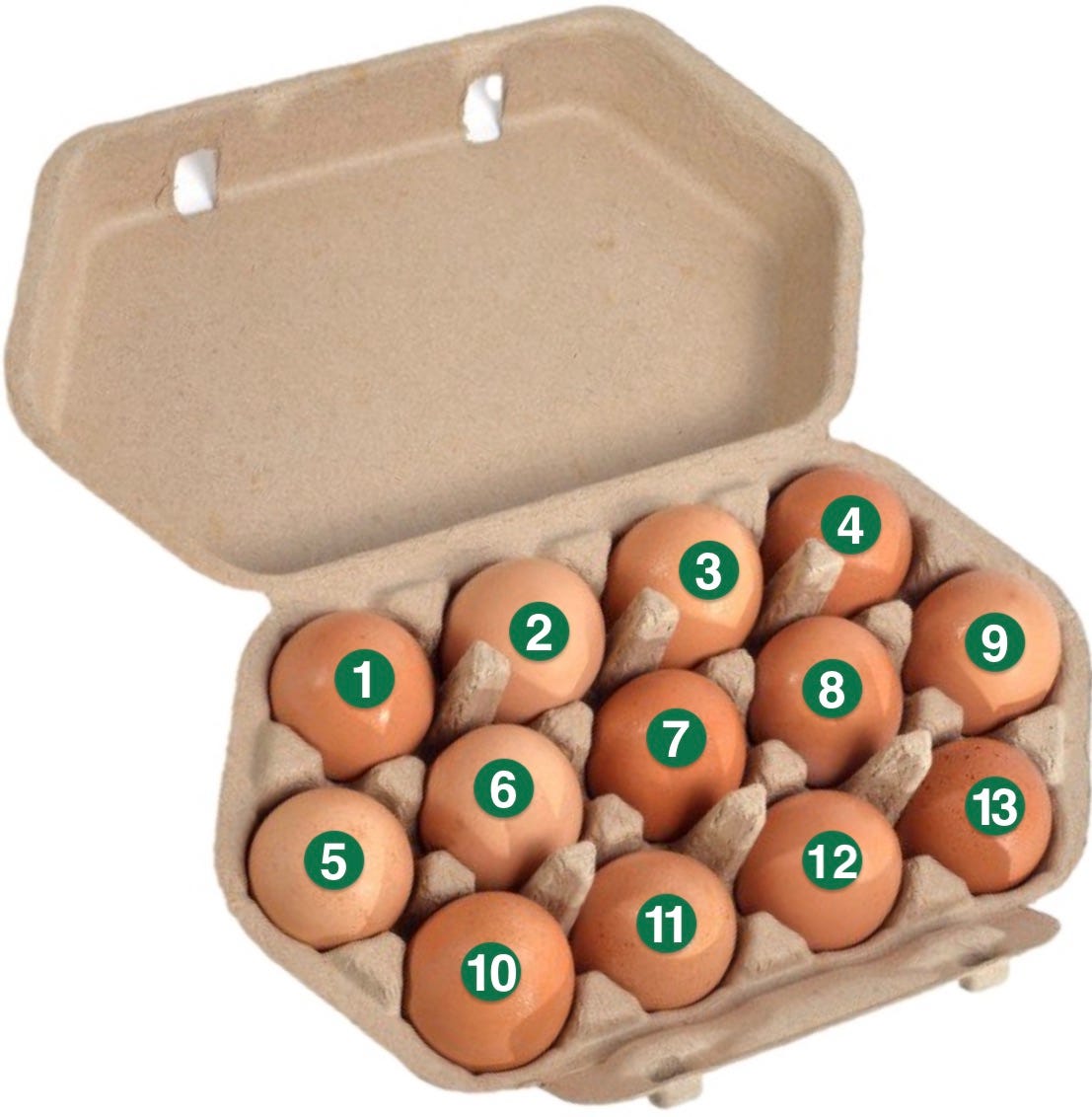

Seeding a tournament bracket, where you try to balance the top seeds in the various parts of the draw, follows a similar principle. In the familiar 16-team regions of the NCAA tournament, you have a Rule of 17 (1 vs. 16, 8 vs. 9, 4 vs. 13, 5 vs. 12...).
From there it's not particularly complicated to go up to 32 teams, and if you drop to 8 or 4, most of us have those pairings memorized. But if you wanted to, say, seed EVERY institution in the NCAA, down to Division III, there are 1,000-some schools and you'd need a 10-round tournament (plus some play-in games). And I really hope none of you have those pairings memorized. But you could use the Rule of 2,049 (2^11 + 1) to determine that the 961 seed would play the 1087 seed, then use the Rule of 1,025 (2^10 + 1) to match that game up with the 64 seed.
I've never thought more about how I remove eggs from the carton as I have since Monday. Does anyone else find themselves rearranging the eggs in the carton after a family member removes them "incorrectly"? Or is that just me?